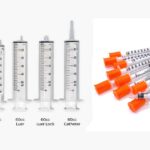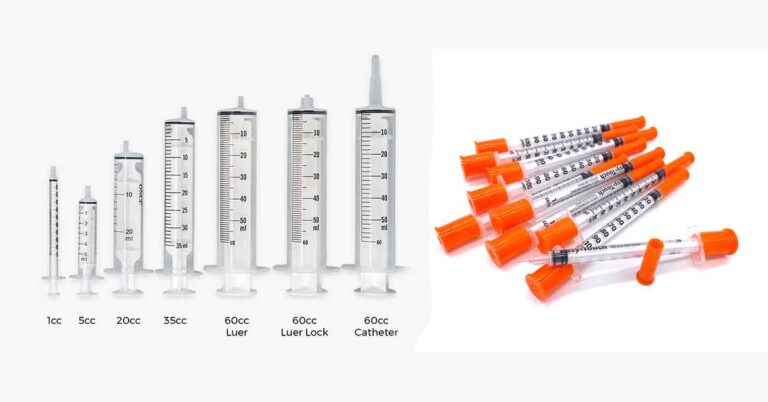IV giving set, or drip giving set, is one of the most common medical device used to administer intravenous fluids directly to the vein of a patient. It is one of the most used medical equipment due to ease of set-up and use. It is also less costly.
Medical devices are used to diagnose, monitor and treat health conditions. The devices could be of different types, such as diagnostic, life-support, medical monitors, therapeutic, and treatment. IV giving set, infusion pumps, medical lasers are examples of treatment devices.
IV giving set delivers fluids by gravity, hence the fluid bag is raised higher relative to the patient. The fluid will flow down because of the forces of gravity and enter the vein of the patient.
There are two types of IV giving set. One type is used to deliver blood products such as blood and platelets (blood giving set) e.g. dual-chambered Shermond Blood Infusion Set. They used the other type for delivering non-blood products such as saline, e.g. B.Braun Single Chamber IV Infusion Set.
There are many variations of the two types, with some types having graded flow controllers, clamps, and injection ports.
They also divided IV infusion sets into two types based on the use: Microdrip set and macrodrip set. The microdrip set delivers small doses of monitored IV fluids to pediatric patients and certain adult patients where precision is required. It has narrow tubing and delivers 60 drops of liquid per ml (60 gtt /ml)
Macrodrip set has wider tubing and delivers a large volume of IV fluids at a faster rate and large quantity per each drop. The three types are: 10 gtt/ml, 15 gtt/ml, and 20 gtt/ml (20 gtt/ml means 20 drops of liquid per ml). The larger the size of the drop e.g. 20 gtt/ml, the smaller the tube size.
Macrodrip set is used in normal applications that require no precision, e.g. routine parenteral administration with no medication involved.
IV fluid giving set are for single patient use, must be sterile, and are packed individually.
Component of the IV Giving Set
They make most IV giving set from PVC (polyvinyl chloride) material. This will ensure high strength, resistance to sterilisation material, flexibility, transparency, ease of sealing. PVC material is also economical (IV giving set are cheap).
Other alternative materials for making IV giving sets are ethyl vinyl acetate (EVA) and polyolefins (non-PVC, non-EVA).
The key features of the IV giving set are:

- Drip chamber: Allows one drop at a time, and can measure the flow rate
- Spike (covered) allows the flow of the IV fluids from the reservoir bag to the drip chamber.
- Roller clamp: Rolling the clamp controls the flow of the fluid. When it is rolled upward, the tube opens, while moving it downwards narrows the tube diameter.
- Injection port: for flow of IV injection into the cannula when the line is set.
- Solution filter for filtering particles out of the IV fluids
- Needle, which allows injection into the cannula
- Luer connector (covered) that connects to the cannula
- Tubing, that allows the flow of the fluid from the reservoir bag to the patient vein
Uses of IV Giving Set
IV giving set is used to treat patients in the hospital and outside-the-hospital settings, such as care homes. They can administer medication, parenteral fluids, nutrient support, transfusion therapy to patients.
It can deliver medication and fluids effectively, hence they are used in treating dehydration, electrolyte imbalance, blood transfusion, specialised medical delivery.
Doctors and paramedics make use of IV infusion set in emergency situations to treat traumatic injuries, and shock.
IV giving sets find their use in both simple and complex applications, such as pump tubing, gravity tubing, volume controlled tubing, and flow-regulating devices.
However, the major issues with IV giving sets are risk of inflammation, infection, chances of extravasation or infiltration. In extravasation, the fluid is delivered outside the vein unintentionally.
Also, in a manual setup for IV giving set, as the level of IV fluid in the reservoir bag decreases, the pressure exerted by the fluid also decreases, and so is the drip rate. Therefore, the drip rate should be monitored from time to time.
For detailed information on how to set up an IV giving set, watch this video.












